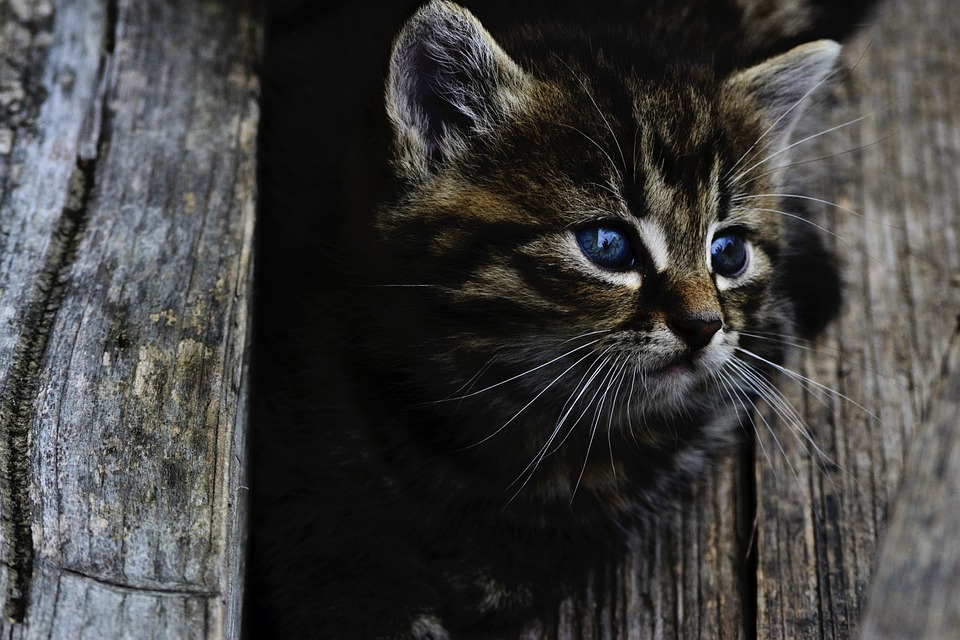Arthritis is a common health condition that affects cats, causing pain, stiffness, and reduced mobility. While medical treatments are often recommended, diet can play a crucial role in managing cat arthritis. In this article, we will explore the nutritional guidelines and recommendations to support your feline friend’s joint health.
Understanding Cat Arthritis:
1. What is cat arthritis?
Cat arthritis, also known as osteoarthritis, is a degenerative joint disease that affects the cartilage and the surrounding tissues in a cat’s joints. It leads to pain, inflammation, and limited mobility.
2. Common signs and symptoms of cat arthritis.
Cats with arthritis may show signs such as limping, stiffness, difficulty jumping or climbing stairs, decreased activity, reluctance to play, and changes in behavior. They may also have swollen joints and show signs of pain when touched or handled.
3. Causes and risk factors.
Cat arthritis can be caused by various factors, including age, genetics, obesity, previous joint injuries, and certain medical conditions such as hip dysplasia. It is more common in older cats and overweight cats.
The Impact of Diet on Cat Arthritis:
1. Essential nutrients for joint health:
a. Omega-3 fatty acids: These nutrients have anti-inflammatory properties and can help reduce inflammation in the joints, relieving pain and stiffness.
b. Glucosamine and chondroitin: These compounds are important building blocks of cartilage and can promote joint health and repair.
c. Antioxidants: Antioxidants such as vitamins A, C, and E can help reduce oxidative stress in the joints, which can contribute to arthritis.
d. Vitamin D: This vitamin plays a crucial role in bone health and can support joint function.
e. Protein: Adequate protein intake is essential for joint repair and maintenance.
2. The importance of weight management:
a. How excess weight worsens arthritis symptoms.
Excess weight puts additional stress on the joints, worsening arthritis symptoms and increasing pain and inflammation.
b. Calculating your cat’s ideal weight.
Consult with your veterinarian to determine your cat’s ideal weight and develop a weight management plan if necessary.
c. Choosing low-calorie and high-nutrient foods.
Look for cat foods that are specifically formulated for weight management and contain high-quality ingredients to support joint health.
Nutritional Guidelines for Cats with Arthritis:
1. Consult with your veterinarian:
a. Assessing your cat’s specific needs.
Your veterinarian can evaluate your cat’s overall health and determine the best nutritional approach for managing their arthritis.
b. Considering any underlying health conditions.
If your cat has any underlying health conditions, they may require a specialized diet that takes those conditions into account.
c. Determining the appropriate diet plan.
Based on your cat’s individual needs, your veterinarian can recommend a diet plan that includes the right balance of nutrients for joint health.
2. High-quality commercial cat foods:
a. Look for joint-supporting ingredients.
Choose cat foods that contain ingredients such as omega-3 fatty acids, glucosamine, chondroitin, antioxidants, and vitamin D.
b. Avoid artificial additives and fillers.
Opt for cat foods that are free from artificial colors, flavors, and preservatives and do not contain unnecessary fillers.
c. Consider specialized arthritis diets.
Some commercial cat foods are specifically formulated for cats with arthritis, containing higher levels of joint-supporting nutrients.
3. Homemade diets:
a. Consult a veterinary nutritionist.
If you prefer to prepare homemade meals for your cat, consult a veterinary nutritionist to ensure a balanced and complete diet that meets your cat’s specific needs.
b. Ensuring a balanced and complete diet.
Homemade diets should include a variety of protein sources, including lean meats, and a combination of vegetables and grains to provide necessary nutrients.
c. Recipe ideas for homemade joint-supportive meals.
A veterinary nutritionist can provide you with recipe ideas that include joint-supportive ingredients and meet all of your cat’s nutritional requirements.
Frequently Asked Questions (FAQs):
1. Can diet alone cure cat arthritis?
While diet plays a significant role in managing cat arthritis, it cannot cure the condition. However, a proper diet can help alleviate symptoms and improve joint health.
2. Are there any foods to avoid for cats with arthritis?
Some foods, such as those high in carbohydrates and unhealthy fats, can contribute to inflammation and worsen arthritis symptoms. It is best to avoid these foods and opt for a balanced and nutrient-rich diet.
3. Should I consider supplements for my arthritic cat?
Supplements such as omega-3 fatty acids, glucosamine, and chondroitin can be beneficial for cats with arthritis. Consult with your veterinarian before adding any supplements to your cat’s diet.
4. Can a raw food diet benefit cats with arthritis?
There is limited scientific evidence on the benefits of raw food diets for cats with arthritis. It is best to consult with your veterinarian before switching to a raw food diet.
5. Can I use over-the-counter joint supplements for my cat?
Over-the-counter joint supplements may not be regulated and may not have undergone rigorous testing. It is recommended to consult with your veterinarian before using any joint supplements for your cat.
Conclusion:
When it comes to managing cat arthritis, diet plays a crucial role in supporting joint health and reducing inflammation. By ensuring your cat receives the necessary nutrients and maintaining a healthy weight, you can help alleviate their arthritis symptoms and improve their overall quality of life. Remember to consult with your veterinarian to create a personalized diet plan that suits your cat’s specific needs.








